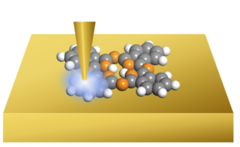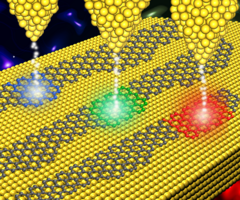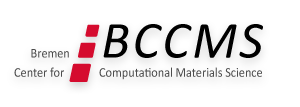Dr. Xiaoyan Wu

Fields of interest | TD-DFT/DFTB, Software development single molecule light emission in STM junctions |
| Publications | Google Scholar |
Research

My researches focus on the methods development to simulate the opto-electronic devices on the basis of the DFTB theory. And the electron-photon interaction is introduced by self-energy based on the NEGF method. Using our method, the current induce light emission phenomenon such as LEDs and single molecule light emission can be simulated. Also, our simulations can revel the energy transfer mechanism between electron and photon for the nano cavity system. Now, I am interested in non-adiabatic molecular dynamic (NAMD) of the photo-chemistry process. And in order to describe the effect of plasmons in water dissociation process, which needs an NAMD simulation on a large system. I am trying to build the Interface between the NAMD software (nexmd) and DFTB+ software to simulate this process.
Controllable single-molecule light emission by selective charge injection in STM

Tunneling electron-induced light emission in scanning tunneling microscopy (STM) has recently been explored as a novel light source with tunable properties. Here, using first-principles-based atomistic simulations, we study the STM-induced luminescence of a single free-base phthalocyanine (H2Pc) molecule and propose a way to control the emission frequency of the STM molecular junction by precisely controlling the charge injection at different molecular positions. The luminescence is found to be directly related to the spatial distribution of the molecular states and thus depends sensitively on the tip position. Via careful refinement of the chemical structures, devices with desirable frequencies at different parts of the emitting unit can be designed. Our proposal has profound implications for applications in nanoscale optoelectronics and future hybrid electronic-photonic circuits.
